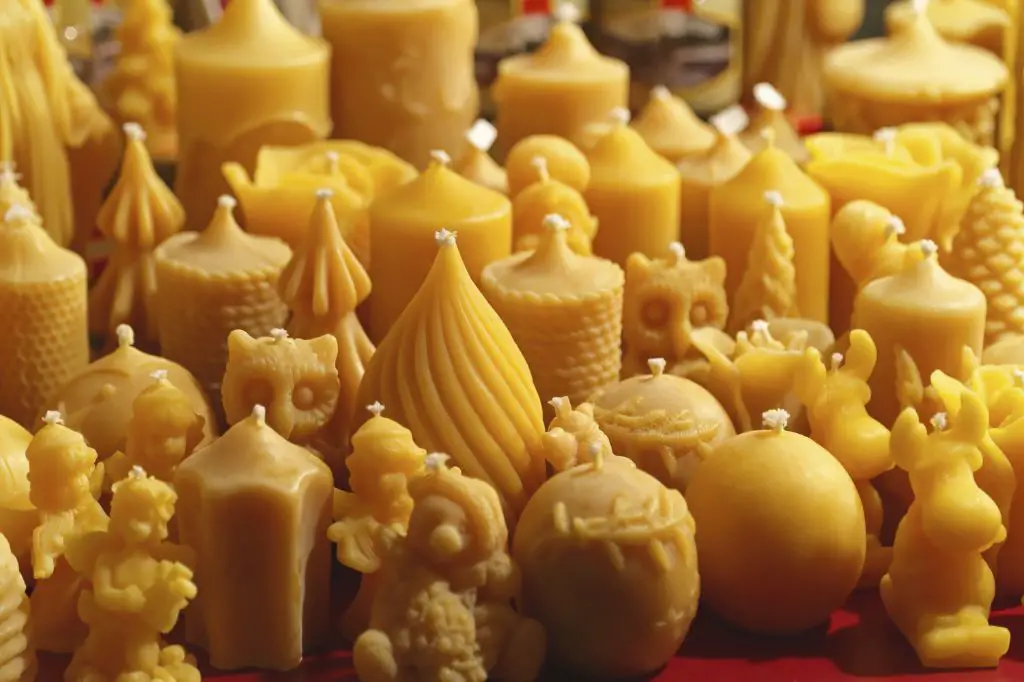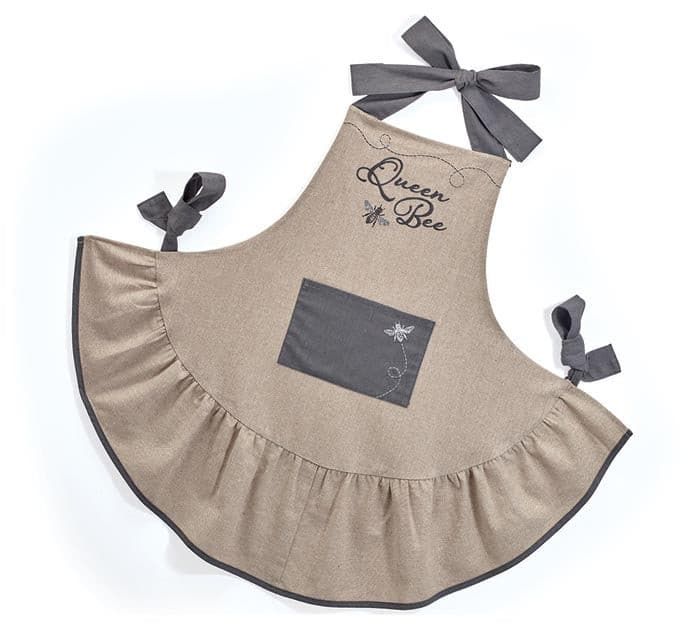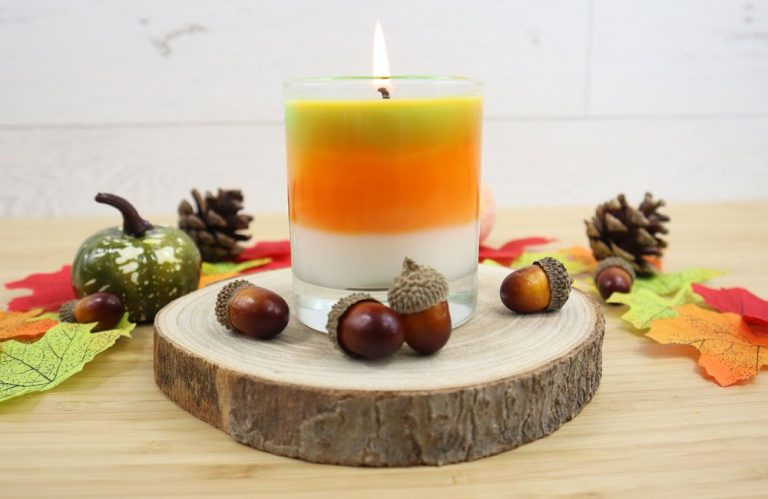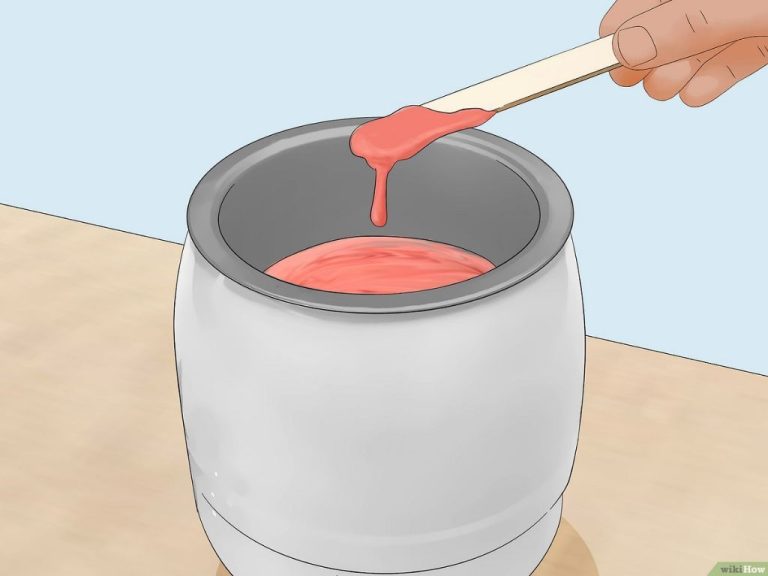How Long Can You Keep Beeswax?
Beeswax is a natural wax produced by honey bees. According to Merriam-Webster, beeswax is defined as “a substance that is secreted by honeybees and is used by them for constructing the honeycomb.” Beeswax is secreted from eight wax-producing glands on the worker bee’s abdomen and is used to build the honeycomb that houses larva, honey, and pollen. Once secreted, bees chew the wax, ingesting some of it, and use their mandibles to sculpt it into honeycomb.
This article provides an overview of beeswax production, composition, storage, shelf life, signs of spoilage, uses, safety, and proper disposal. We will examine how long beeswax can be kept before it expires or becomes unsafe to use. Proper storage and disposal methods will also be covered.
Beeswax Production
Beeswax is produced by honey bees. As honey bees consume honey and pollen, their bodies produce wax flakes from glands on their abdomen. Worker bees collect the wax and use it to build the honeycomb structure inside the beehive. Some key points about beeswax production include:
There are different types of beeswax. The most common is yellow beeswax produced by European honey bees like Apis mellifera. Other varieties come from bees like Apis cerana indica. The color and aroma of beeswax differs slightly based on the nectar source and bees that made it.
Beeswax production involves worker bees consuming honey and pollen, then secreting wax flakes from wax glands on their abdomen. They use their jaws and legs to chew the wax into pliable pieces to build comb. It takes about 8 pounds of honey to produce 1 pound of wax.
Good quality beeswax has a pleasant, honey-like aroma when warm. It melts at around 145F to 147F. It’s insoluble in water but soluble in ether, chloroform, or hot alcohol. Beeswax contains vitamins A and E along with fatty acids, palmitate, and palmitoleic acid.
Beeswax Composition
Beeswax is comprised of over 300 different chemical compounds. The main components are palmitate, palmitoleate, hydroxypalmitate and oleate esters of long-chain (30-32 carbons) aliphatic alcohols, with the ratio of hydroxypalmitate esters to palmitate esters being the most influential on beeswax properties (Encyclopedia MDPI, 2022).
The key chemical components of beeswax are (Svečnjak et al., 2019):
- Monoesters (35%–70%)
- Hydrocarbons (12%–45%)
- Diesters (4%–19%)
- Triesters (1%–6%)
- Hydroxy monoesters (4%–10%)
- Acidic compounds (3%–12%)
These compounds give beeswax some key properties including plasticity, hardness, and low melting point. The ester composition is what makes beeswax malleable, while the hydrocarbon content largely determines the melting point. The relative ratios of these chemical components can vary based on geography, bee species, and other factors (Svečnjak et al., 2019).
Beeswax Storage
Proper storage is crucial for maintaining the quality and extending the shelf life of beeswax. According to The Best Way To Store Your Beeswax To Keep It Fresh, the ideal storage conditions for beeswax are cool and dry spaces like pantries or cupboards. Temperatures between 50-70°F are recommended. Heat, light, and moisture can all degrade beeswax over time.
Beeswax should be stored in airtight containers like glass jars or tin cans to prevent exposure to air and dust. Plastic containers should be avoided as the wax can absorb plasticizers. Smaller containers are preferred as they minimize excess air inside. Make sure containers are clean and dry before filling them with beeswax. The beeswax should fully solidify before sealing the containers for storage. Properly stored, beeswax can remain fresh for up to 10 years.
Beeswax Shelf Life
When properly stored, raw beeswax can last indefinitely before going bad. According to Reddit users on r/candlemaking, beeswax bought from a beekeeper 10 years ago was still good when used to make candles. Abundantly You Homemade Beauty also states beeswax has an indefinite shelf life when kept in proper conditions.

The shelf life depends on storage conditions. Beeswax kept in a cool, dark place away from heat, light, moisture and air exposure will last the longest. If not stored properly, beeswax can go rancid over time. Signs of spoilage include a change in color and odor, and decreased performance in applications.
With optimal storage, raw beeswax can realistically last 5-10 years before quality starts to deteriorate. Processed beeswax like pellets and blocks may have a shorter shelf life around 1-5 years. Homemade products with beeswax like lotions and balms also have a shorter shelf life of 6 months to 2 years.
While beeswax doesn’t technically expire, its quality and performance will slowly diminish over time. For best results, try to use beeswax within 5 years of purchasing.
Signs of Spoilage
There are a few key ways to tell if beeswax has gone bad:
Appearance
Fresh beeswax should have a bright, creamy yellow color. Spoiled beeswax may look darker, greyer, or browned. It may also develop whitish spots or streaks on the surface, known as “bloom.” This bloom is caused by the wax oxidizing and separating. While unsightly, it does not necessarily mean the wax has spoiled, according to beekeepers on Reddit.
Texture
Good quality beeswax has a smooth, plastic texture that is firm but pliable. Bad beeswax may have a grainy or brittle texture that crumbles easily. Soft or sticky wax that is difficult to work with may also be old or spoiled.
Smell
Beeswax has a mild, honey-like scent when fresh. Rancid beeswax gives off a foul, unpleasant odor, which beekeepers on www.beesource.com describe as “rotten” or “pungent.” Beeswax can absorb scents from the environment, so beeswax that smells like chemicals, paint, or soap could be contaminated.
Uses for Beeswax
Beeswax has many practical uses around the home and for personal care. Some of the most common uses include:
Candlemaking – Beeswax is the main ingredient in candlemaking. It is highly flammable, burns cleanly, and holds scent and color well. Beeswax candles also burn longer than paraffin candles. Candlemaking is one of the most popular uses for beeswax blocks (Source).
Cosmetics – Beeswax is used in natural cosmetics like lip balms, lotions, creams, and salves. It acts as an emollient to smooth and soften skin. Beeswax also helps thicken products and makes them more spreadable (Source).
Wood polish – Melted beeswax can be used to polish and protect wood finishes. It helps fill in cracks and imperfections. Beeswax gives wood a soft lustre and pleasant scent while also preventing drying and cracking (Source).
Safety
Beeswax is generally considered safe for most uses and nontoxic when used properly. However, there are some precautions to take with old or improperly stored beeswax.
Beeswax can go rancid over time, especially if it has not been properly filtered and contains impurities. Rancid beeswax may have an unpleasant smell and can irritate skin. According to sources, beeswax should be stored in a cool, dark place to maximize shelf life. Beeswax stored in poor conditions for an extended period may encourage bacterial growth and chemical changes that reduce quality and safety (Source).
Heating and melting old beeswax releases vapors that may cause respiratory irritation for some. Proper ventilation is recommended. In large amounts, beeswax may also pose a choking hazard especially for children (Source).
When remelting old beeswax, it’s advised to filter and clean it to remove impurities. Test a small amount before further use. Discard beeswax that has become moldy or smells rancid, as it may not be suitable even for candles. With reasonable care and storage, beeswax can remain useful for many years.
Disposal
If your beeswax has gone bad and is no longer usable, proper disposal is important. Some disposal options include:
- Composting – Beeswax is biodegradable and can be added to a compost pile or bin. It will breakdown over time by microorganisms in the compost. Make sure to break up or shred the beeswax into small pieces first.
- Recycling – Check with your local recycling center to see if they accept beeswax. Some centers collect beeswax to recycle into new products.
- Trash – As a last resort, beeswax can be thrown away into the regular trash if other disposal options are not available. Make sure it is allowed by your local waste policies.
- Upcycling – Get creative and find ways to repurpose old beeswax instead of disposing of it. Make candles, wax fire starters, or other DIY projects.
When disposing of beeswax, avoid pouring it down the drain or releasing it into the environment where it can be harmful. With proper disposal, we can reduce waste and utilize this natural resource sustainably. For more disposal tips, check out this pinterest link.
Conclusion
How long beeswax lasts depends on several factors like storage conditions, any impurities, and original quality. With proper handling, beeswax can remain usable for many years. The most important factor is keeping it away from heat, humidity, and direct sunlight. Stored properly in a cool, dark place, beeswax may last indefinitely. Over time, the smell, texture, and performance may change as the chemicals break down. Signs the wax is going bad include mold growth, dark discoloration, a rancid odor, and inability to burn cleanly. While degraded beeswax has diminished functionality, it still has uses. Candlemakers can blend small amounts into new candles or use it in place of paraffin wax. Crafters may still be able to incorporate it into projects. As a natural product, beeswax can safely be composted or disposed of when past its prime. But with the right storage conditions, beeswax will remain shelf-stable and usable for crafting, skin care, and other applications for many years to come.




